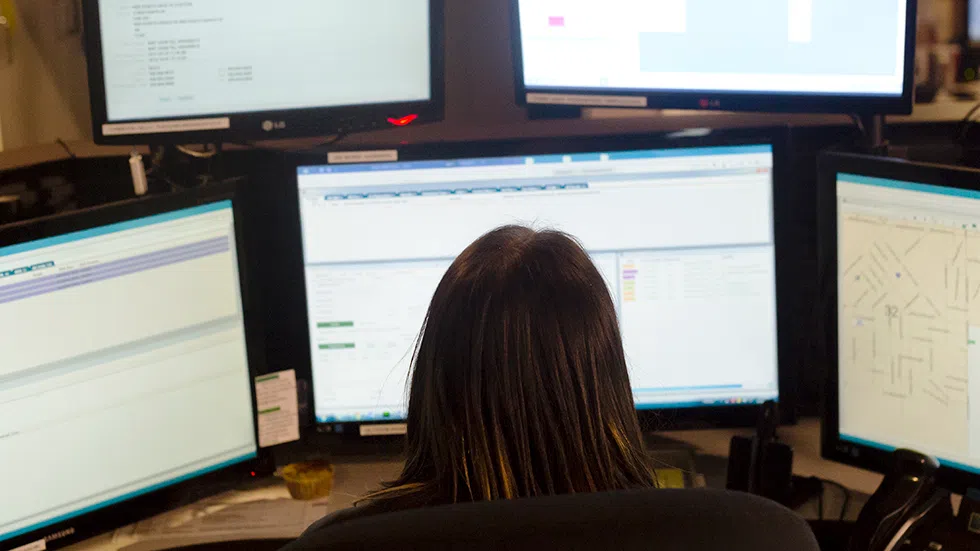
Dispatching emergency calls with Parkland Ambulance
Emergency services are something many people rely on in the most dire straits – but how does an emergency service get dispatched?
The week of April 9 to 16 marks Public Safety Telecommunicators week which highlights the efforts of emergency dispatchers – to honour the week, the Parkland Ambulance services opened its doors to media for a brief tour.
Lyle Karasiuk, with Parkland Ambulance said often times dispatchers will work in tandem to handle calls efficiently.
Karasiuk explained as soon as a call is started, information automatically displays on two worker’s screens. One acts as dispatcher, the other acts as call taker by collecting all of the information possible from the caller.


